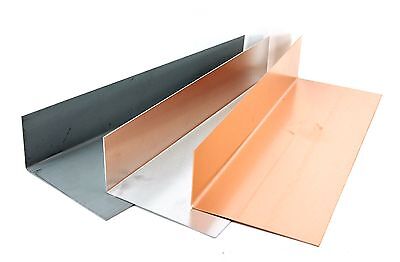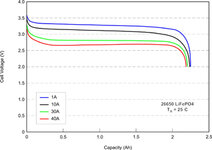Bart
Free Member
So the bus bars that came with my lifepo4 280ah batteries are the solid rigid plate type
Im worried that with battery expansion when charging that overdue pressure will be put on the battery bolts.
Would it make any difference to charging / resistance etc if I made my own bus bars (all the same length) out of 25mm2 cable with lugs on each end.
Im worried that with battery expansion when charging that overdue pressure will be put on the battery bolts.
Would it make any difference to charging / resistance etc if I made my own bus bars (all the same length) out of 25mm2 cable with lugs on each end.



